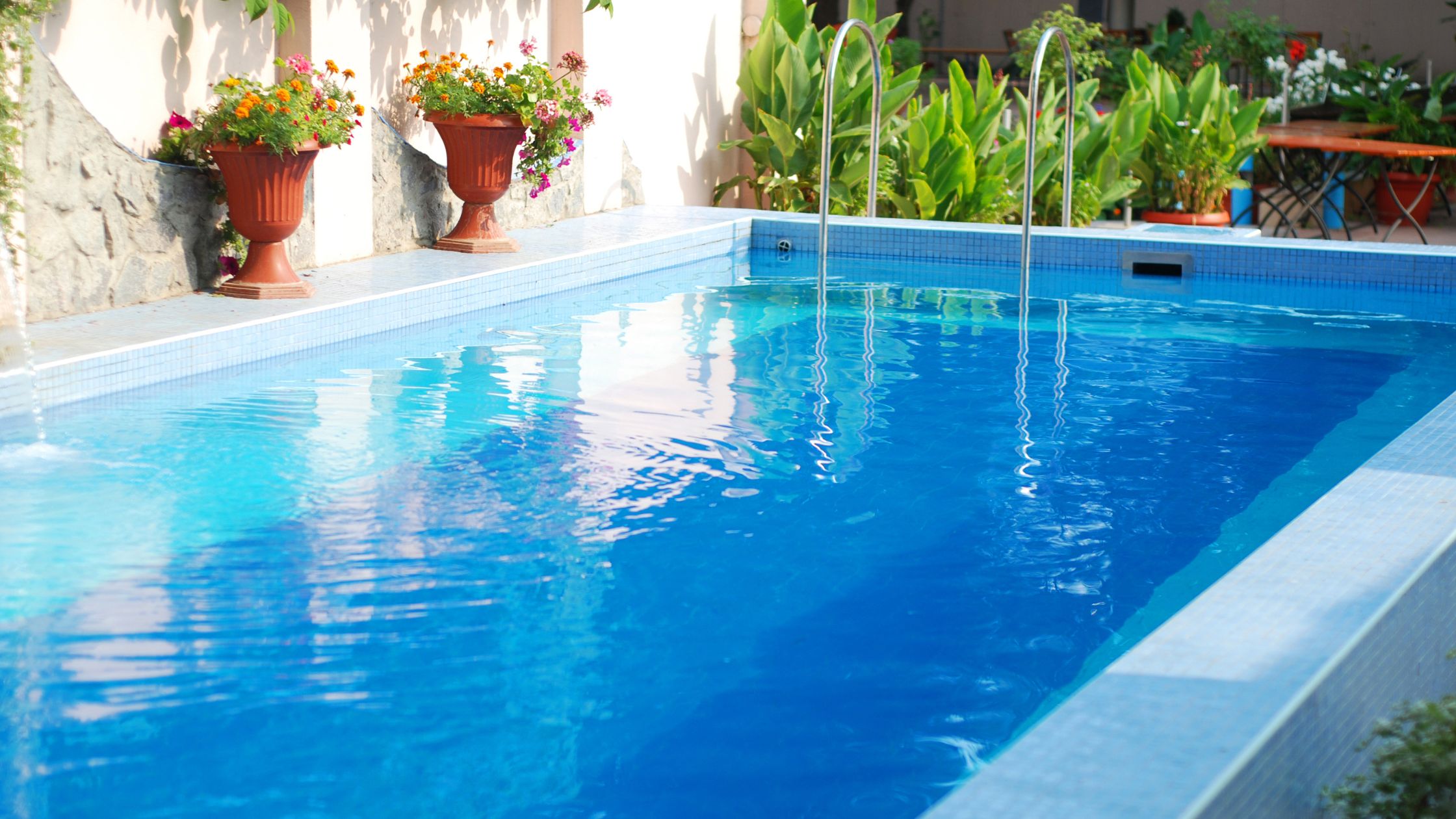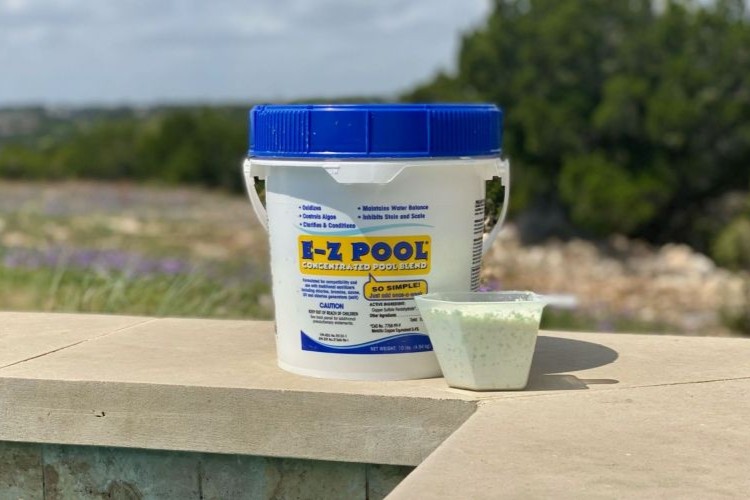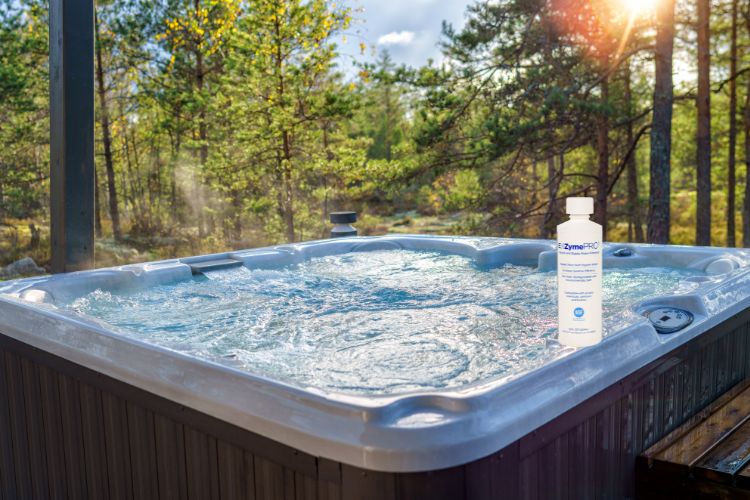You’ve opened your pool, balanced the water, and everything’s looking crystal clear—great start! But the first month after opening is just as important as the opening itself. This is when you set the tone for a clean, low-maintenance, algae-free season. Neglect it, and you could be battling cloudy water, scaling, or even a full-blown algae bloom before May is over.
So how do you make sure your pool stays in top shape through those first 30 days? Here’s your simple, no-stress game plan.

1. Establish a Weekly Routine—Now
The biggest mistake pool owners make after opening is waiting until something looks off before taking action. But by then, you're already playing catch-up.
Your pool is battling debris, rain, fluctuating temperatures, pollen, and waste—even if no one’s swimming yet. Get into the habit of checking in on your pool at least once each week.
Here’s what your weekly checklist should include:
- Skim the surface and empty skimmer baskets
- Brush the walls and steps
- Vacuum or run your robotic cleaner
- Test your water chemistry
- Check and clean your filter (backwash or rinse if needed)
Add weekly maintenance products (we’ll get to those in a minute)
2. Stay on Top of Water Chemistry
You probably tested and balanced your pool at opening—but your water doesn’t stay static. Rain, wind, and sunlight can all affect your chemical levels within a matter of days.
In the first month, test your water at least once a week for:
- pH (ideal range: 7.2–7.6)
- Total alkalinity (80–120 ppm)
- Calcium hardness (200–400 ppm)
- Free chlorine (1–3 ppm)
- Cyanuric acid/stabilizer (30–50 ppm for most pools)
Adjust as needed, using individual balancers—or, if you're looking for a simplified solution, consider switching to a once-a-week program like E-Z POOL®. It combines a strong shock, algaecide, clarifier, stain and scale preventers, water balancers, and more—all in one product. It not only simplifies weekly care but also helps keep your pH, alkalinity, and calcium levels stable, which is especially important early in the season.
3. Prevent Algae Before It Starts
Algae love spring. The weather is warming up, chlorine is working overtime to combat new organics, and water circulation may still be ramping up after the winter. You don’t want to wait for green water to start thinking about prevention.
That’s why we recommend using a product with built-in algaecide—like E-Z POOL®—or treating your pool with a standalone algaecide weekly. Algae prevention is always easier (and cheaper) than algae removal.
4. Tackle Organics with Enzymes and Oxidizers
Even if you’re not swimming yet, your pool is dealing with:
- Pollen and tree debris
- Pet hair (if you let the dog swim)
- Rain runoff
- Sunscreen and body oils from early-season swimmers
This is where enzymes and non-chlorine oxidizers shine.
- ENZymePRO® breaks down oils, lotions, and other organic contaminants that gunk up filters and cause cloudy water or scum lines.
- E-Z POOL® breaks down contaminants and organics faster than other shocks, leaving water cleaner and clearer.
Both products make it easier to maintain sparkling water and reduce the load on your sanitizer.


5. Don’t Forget the Filter
Your filter is doing the heavy lifting right now—catching pollen, dust, fine debris, and whatever else the wind decides to blow in. If you haven’t cleaned or backwashed it since opening, now’s the time.
For cartridge filters:
- Hose them off every 1–2 weeks
- Deep clean monthly or when pressure rises 8–10 psi above normal
For sand or DE filters:
- Backwash as needed
- Add a filter cleaner if it’s not performing as well as usual
If your filter’s struggling to keep up, a clarifier or particle remover like Revive!® WEEKLY can help trap fine debris and improve clarity fast.
Final Thoughts on Early Spring Cleaning Success
The first 30 days after opening your pool are all about setting yourself up for success. Stay consistent, keep your chemistry in check, and add weekly maintenance products that work smarter—not harder. With a little routine and the right tools, you’ll have clean, clear, swim-ready water all season long.
